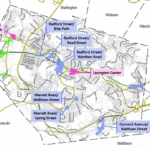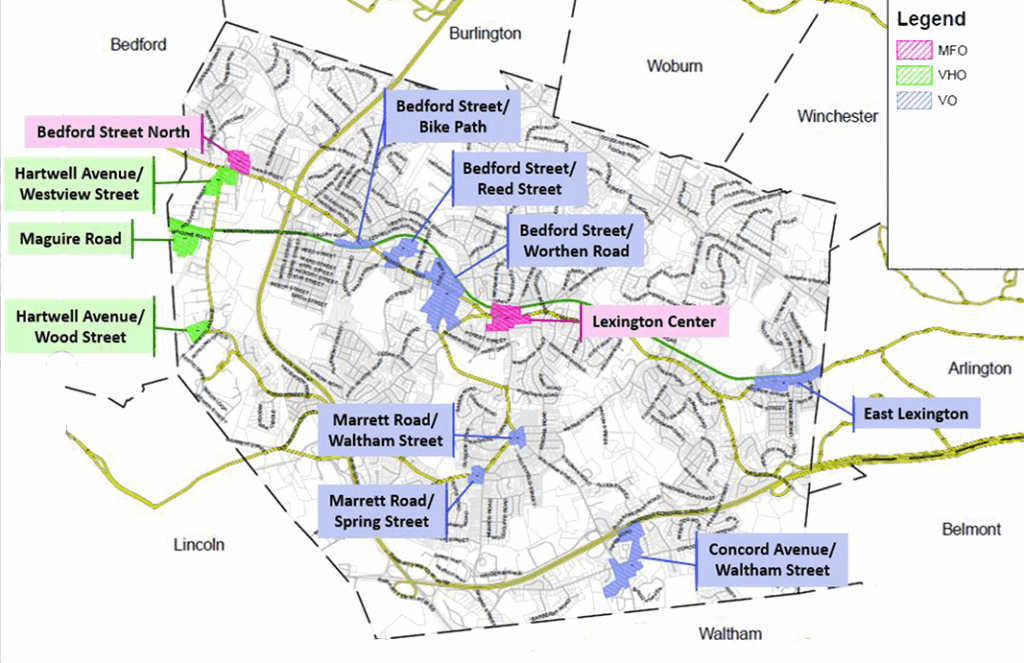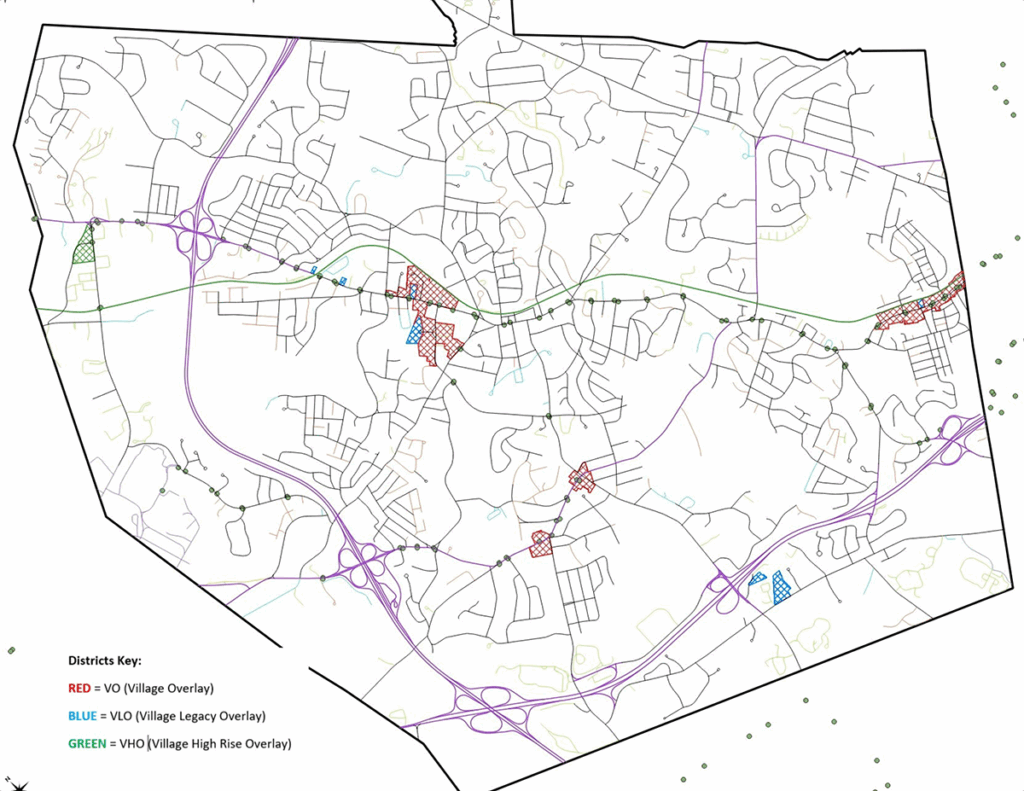
By Meg Muckenhoupt
On April 12, 2023, Lexington Town Meeting adopted an ambitious plan to rezone 223 acres to comply with the state’s MBTA Community Zoning law, spur economic growth, and increase affordable housing. Less than two years later, Lexington reversed course. Town Meeting reduced the rezoned area to under 90 acres, lowered the number of units per acre, and removed Lexington Center from the plan entirely.
The reasons for this about-face range from practical concerns about infrastructure to a century-long tradition of distaste for people who do not have enough money for a single- family home. In Lexington, the median home price is currently $1.5 million, according to Zillow.com.
How Lexington Rezoned 223 Acres
Lexington rezoned 223 acres in response to the MBTA Communities Act (Section 3A of the Massachusetts Zoning Act), enacted in 2021 to address the regional housing crisis. The law required Lexington to zone at least 50 acres for higher-density housing and allow for at least 1,231 units. At 15 units per acre, Lexington needed to rezone 82 acres.
In 2022-2023, Lexington’s Planning Board held 23 public meetings. What they heard from the public was that Lexington needed to work towards the goals in Lexington’s 2022 Comprehensive Plan, Lexington Next, including promoting a wide range of housing options throughout town and encouraging mixed-use development to stimulate commercial growth.
The Planning Board proposed an ambitious plan that went far beyond state requirements. The proposal rezoned 223 acres and created three new zoning overlays:
- Multifamily Overlay (MFO) districts in Lexington Center and at Bedford Street/Hartwell Avenue.
- Village Overlay (VO) districts at seven sites across town.
- Village High-Rise Overlay (VHO) districts along Hartwell Avenue to encourage biotech redevelopment.
The MFO districts allowed taller buildings in Lexington Center (up to 52 feet vs. the existing 30-foot limit) for buildings with first-floor retail. The plan also required developments of eight or more units to designate 15% as affordable.
The Planning Board predicted that Lexington would see 400-800 units built over the next decade. For a little while, it seemed like they might be right.
No action, then rapid change
For the first year, no new developments materialized under the new zoning. That changed in mid-2024 when developers apparently noticed the lack of density limits and minimal dimensional controls. In October, Lexington Public Schools projected up to 119 new students from 756 planned units. By December, applications for 1,097 new units had been submitted—topping the town’s 10-year target.
In late December, alarmed residents petitioned for a Special Town Meeting to roll back the zoning to the minimum 50 acres. Legal requirements for public hearings delayed that meeting until March 17. Meanwhile, developers submitted preliminary subdivision plans covering 61.59 acres, freezing zoning for those parcels for eight years.
Throughout February and March, Lexington’s Planning Board held public meetings attended by over 200 people. A compromise plan, Article 2, emerged. This plan reduced the MBTA zoning from 223 to 89.6 acres to comply with state rules. The major parts of the revised zoning:
- Allowed for 1,314 housing units at 15.1 units per acre.
- Added site coverage limits (28%) and height restrictions (40 feet for residential, 50 feet for mixed-use).
- Removed Lexington Center and one other district from the plan.
On March 17, Town Meeting approved Article 2 with 94% support. However, thanks to those preliminary subdivisions, the revised zoning still allows for nearly 6,000 new units–in a town with just over 34,000 residents.
Lexington’s population would likely already be higher if Lexington hadn’t adopted single-family zoning with a minimum 20,000-foot lots for most of the town decades ago. More than three-quarters of Lexington’s housing stock is detached-single family homes—making it difficult for empty nesters, young workers, couples, single people, divorced parents, and other people in smaller households to live in Lexington.
The fact that so many apartments were proposed in such a short time makes it clear that there is pent-up demand for housing in suburbs with easy access to jobs along Route 128 and Boston, parks and recreation land, schools with good reputations and an historic sheen. What isn’t clear is whether Lexington’s about-face is a sign of practicality, fear, prejudice against people with lower incomes, or some combination. We can only hope that Lexington’s future apartment and condo residents judge Lexington more kindly than Lexington judged them.
Meg Muckenhoupt is a Lexington Town Meeting member and executive editor of the Belmont Citizens Forum Newsletter.




Sorry, the comment form is closed at this time.